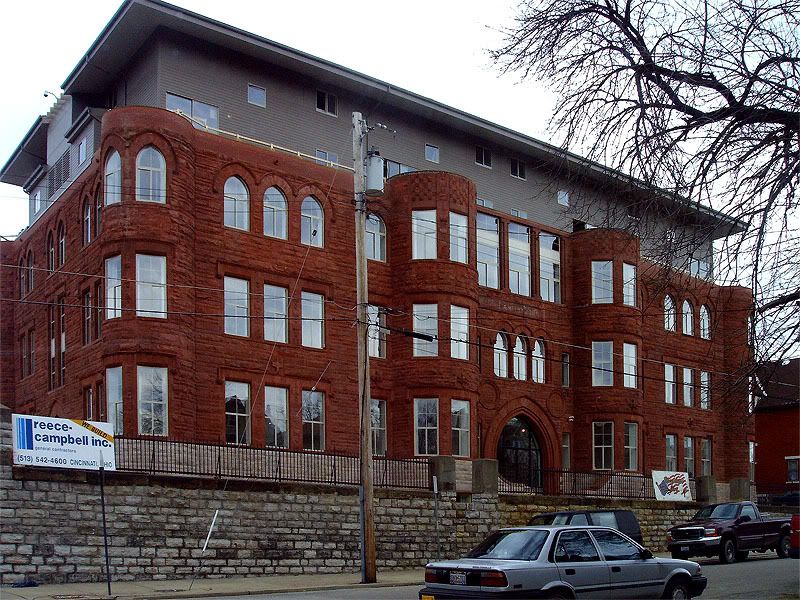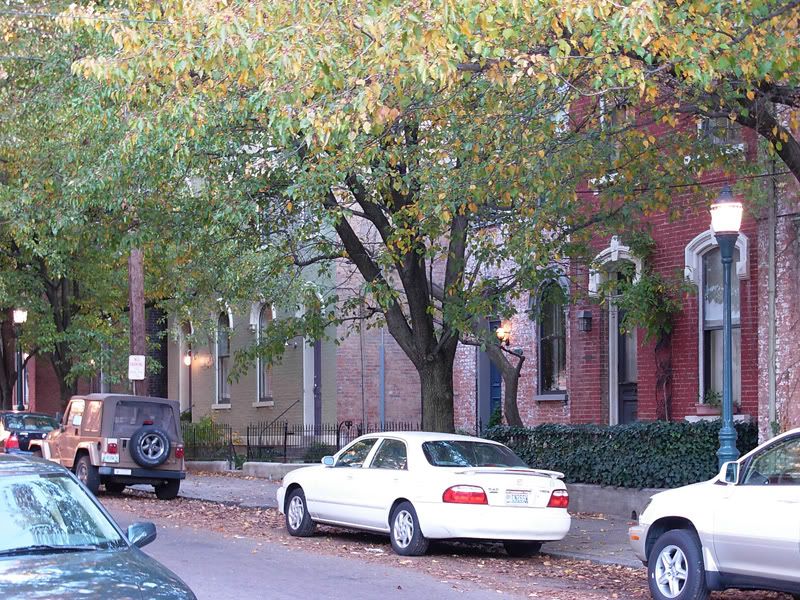 This afternoon, Cincinnati city council will consider an ordinance that will provide more financing for market-rate housing and commercial development in some of the City's underserved neighborhoods.
This afternoon, Cincinnati city council will consider an ordinance that will provide more financing for market-rate housing and commercial development in some of the City's underserved neighborhoods.
The ordinance would restructure the Cincinnati Housing Development Fund (CHDF), a $100 million revolving loan fund established in 2003 to stimulate the development of homeownership in the City, into a new Go Cincinnati Development Fund.
In a memo to council, city manager Milton Dohoney Jr. says that the current economic climate has led the Department of Community Development (DCD) to conclude that additional incentives are necessary to stimulate lending and investment. Following interviews between DCD, CHDF administrator Cincinnati Development Fund (CDF), and several developers and community development professionals, the consensus was that the CHDF program needed to be expanded by tapping into other City development efforts such as GO Cincinnati, Place Matters, and the Neighborhood Stabilization Program.
Following interviews between DCD, CHDF administrator Cincinnati Development Fund (CDF), and several developers and community development professionals, the consensus was that the CHDF program needed to be expanded by tapping into other City development efforts such as GO Cincinnati, Place Matters, and the Neighborhood Stabilization Program.
Partners could include such entities as City staff, 3CDC, Uptown Consortium, Local Initiatives Support Corporation of Greater Cincinnati & Northern Kentucky, and the Community Building Institute.
"Additionally, developers stated that they need to be more cautious with their dwindling pre-development funds and they see urban properties as a greater risk when completing their due diligence," Dohoney says. Solid track record
Solid track record
The CHDF was created with $15 million in Anthem Funds, deposited proportionally with Fifth Third, US Bank, and National City Bank, to facilitate primary financing for the redevelopment of market-rate housing in Cincinnati neighborhoods that have suffered from population loss and blight.
To date, CHDF has financed 429 proposed units of owner-occupied housing in the City, and estimates are that 300 units have been completed, sold, and occupied in areas of Westwood, Over-the-Rhine, Walnut Hills/East Walnut Hills, Evanston, Price Hill, Downtown, North Fairmount, Mohawk/Brewery District, Bond Hill, and the Uptown neighborhoods.
CHDF has closed 25 loans totaling more than $34.2 million, creating housing with an estimated value of $60 million.
Only two loans have defaulted, with a net loss to the City of less than $100,000.
GO Cincinnati recommended change
The GO Cincinnati report, released in January 2008, identified the need to expand the real estate products available in the City, including the restructuring of CHDF.
The new Go Cincinnati Development Fund would accept both commercial and residential projects, adding a pre-development loan fund to the current CDHF activities and the existing Grow Cincinnati small business loan program. The new fund would add a mechanism to help business tenants obtain financing to occupy some of the newly-created storefronts.
The new fund would add a mechanism to help business tenants obtain financing to occupy some of the newly-created storefronts.
"DCD believes these changes provide an opportunity for developers and small businesses that either do not exist or are very limited in today’s financial climate," Dohoney says.
Dohoney says that if the Go Cincinnati Development Fund doesn't make loans and commitments totaling at least $28 million over the next two years, the program will be re-evaluated.
Once all loans have been collected and written off by CHDF, its business will be wound up and terminated, Dohoney says.
Wednesday, August 5, 2009
Program restructuring could stimulate housing, commercial development
Posted by
Kevin LeMaster
at
5:08 AM
![]()









